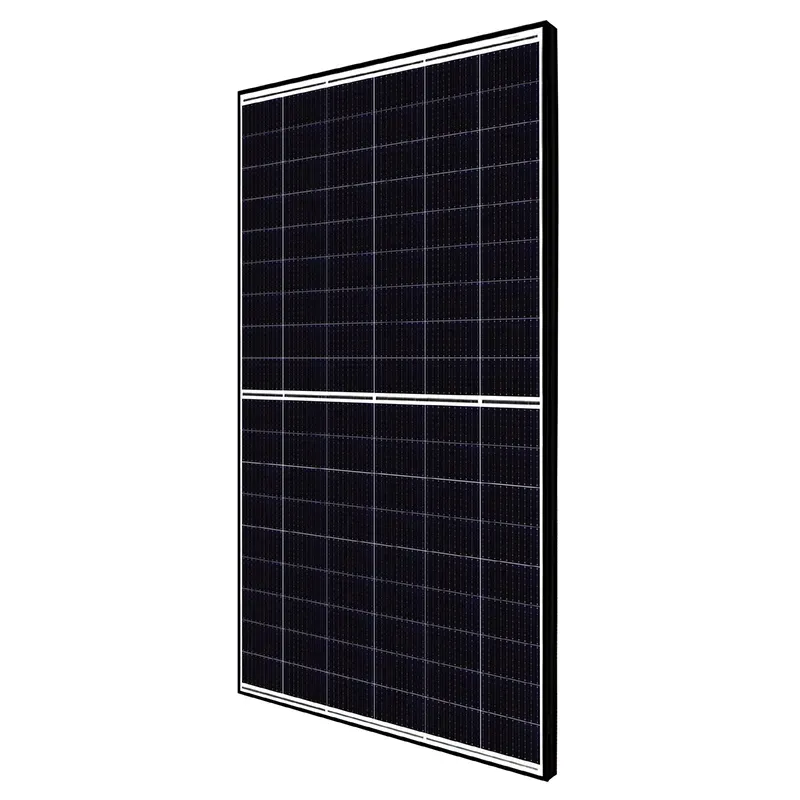hybrid inverter installation diagram
Understanding the Hybrid Inverter Installation Diagram
In recent years, the growing awareness of sustainable energy solutions has led to an increase in the installation of hybrid inverters. These systems are integral to combining different energy sources, primarily solar power and the grid, providing a more flexible and efficient way to manage electricity consumption. Understanding how to read and interpret a hybrid inverter installation diagram is crucial for homeowners, electricians, and energy enthusiasts alike.
What is a Hybrid Inverter?
A hybrid inverter is a device that can connect to solar panels, batteries, and the electricity grid simultaneously. It allows for the storage of solar energy in batteries for use when the sun isn’t shining or when electricity costs are high. This flexibility not only helps in reducing electricity bills but also enhances energy independence.
Components of a Hybrid Inverter Installation Diagram
A hybrid inverter installation diagram typically includes various components that play essential roles in the system. Here are the primary elements you are likely to encounter
1. Solar Panels These are the first step in the energy generation process. The diagram shows how solar panels are connected to the hybrid inverter, marking where DC (direct current) energy from the panels is fed into the system.
2. Hybrid Inverter This central device converts the DC electricity generated by the solar panels into AC (alternating current), which is used by most household appliances. The diagram indicates where the inverter connects with both the solar panels and the battery storage system.
3. Battery Storage Battery systems store excess energy generated by the solar panels. The diagram will illustrate how the hybrid inverter interfaces with this storage, allowing for energy to be drawn from the battery when needed, especially during periods of low sunlight or high demand.
4. Electricity Grid The installation diagram will show the connection between the hybrid inverter and the electricity grid. This is important because it allows for energy to be drawn from the grid when solar generation is insufficient, as well as the ability to sell excess energy back to the grid through net metering.
hybrid inverter installation diagram

5. Load Distribution The diagram will typically illustrate how power is distributed to various household loads, be it through direct connection to the hybrid inverter or indirectly via the grid. This indicates how the system maximizes efficiency by utilizing stored energy when possible.
6. Safety Devices Safety components such as circuit breakers and surge protectors are also vital parts of the installation. These elements ensure that the system operates safely and can protect against power surges or failures.
Interpreting the Installation Diagram
To effectively understand a hybrid inverter installation diagram, one must be familiar with the symbols and connections. Each connection should be clearly marked, showing how the components relate to one another. Pay close attention to directional arrows which might indicate the flow of energy — from solar panels to the inverter, from the inverter to appliances, and from the inverter to the grid or batteries.
Colors are often used in these diagrams to differentiate between components. For example, DC connections might be represented in red, while AC connections could be in blue. This color coding helps simplify the interpretation and enhances comprehension.
Benefits of Hybrid Inverter Systems
The benefits of installing a hybrid inverter system are manifold. Homeowners can expect reduced electricity bills, increased energy independence, and the ability to harness solar energy more effectively. Additionally, these systems are often more resilient during power outages due to the battery storage component, making them an ideal choice for those living in areas prone to interruptions in energy supply.
Conclusion
A hybrid inverter installation diagram is a valuable tool in visualizing and understanding the intricate connections and functionalities of a hybrid energy system. By familiarizing yourself with this diagram and its components, you can better appreciate the technology behind solar energy solutions. As the world shifts towards more sustainable energy practices, understanding systems like hybrid inverters will become increasingly important for all energy consumers.
-
String Solar Inverter: The High-Efficiency Solution for Smart Solar EnergyNewsJul.14,2025
-
Revolutionizing Rooftop Energy with the Power of the Micro Solar InverterNewsJul.14,2025
-
Power Independence with Smart Off Grid Solar Inverter SolutionsNewsJul.14,2025
-
On Grid Solar Inverter: Powering the Future with Smart Grid IntegrationNewsJul.14,2025
-
Monocrystalline Solar Panels: High-Efficiency Power for the Future of Clean EnergyNewsJul.14,2025
-
Bifacial Solar Panel: A Smarter Investment for Next-Generation Energy SystemsNewsJul.14,2025







